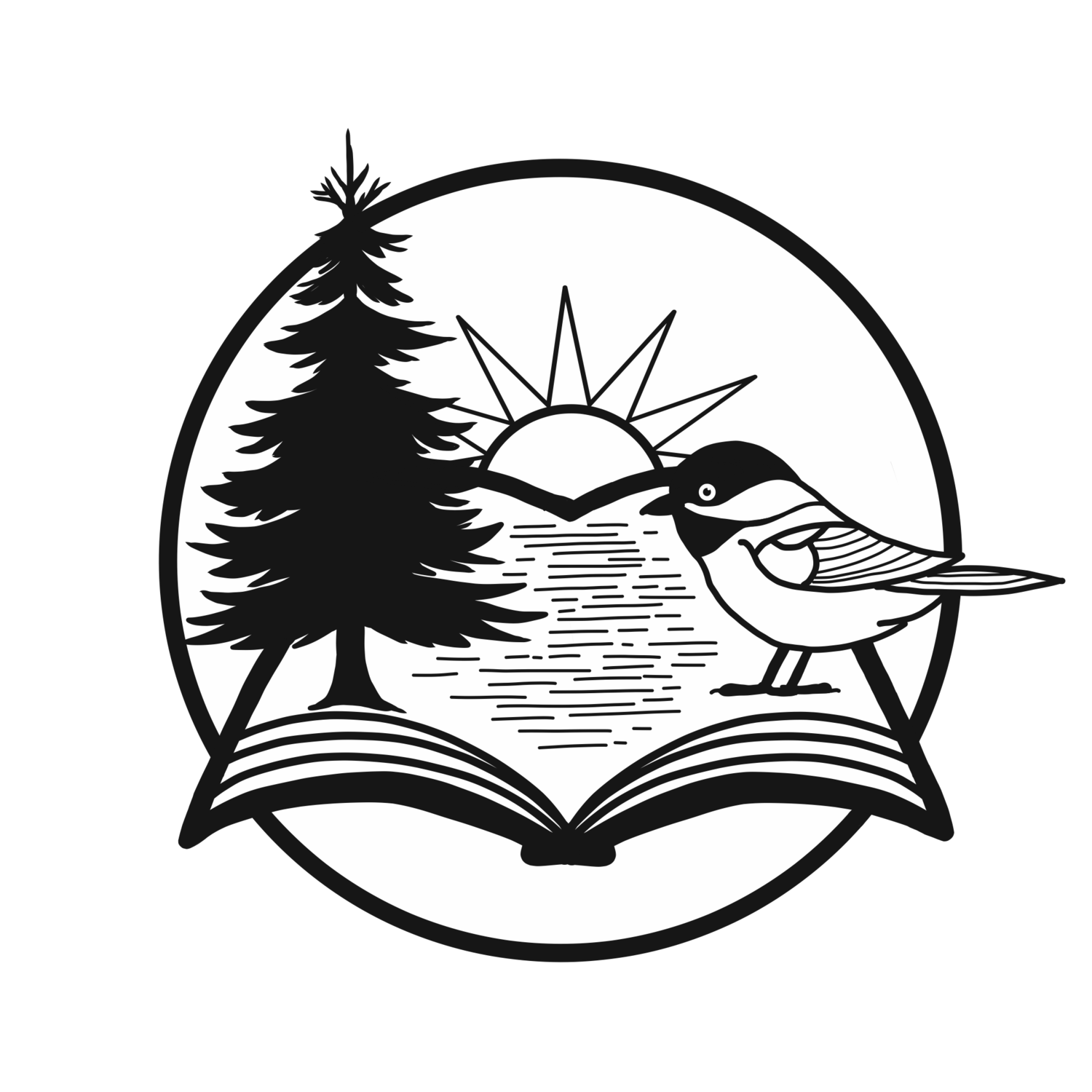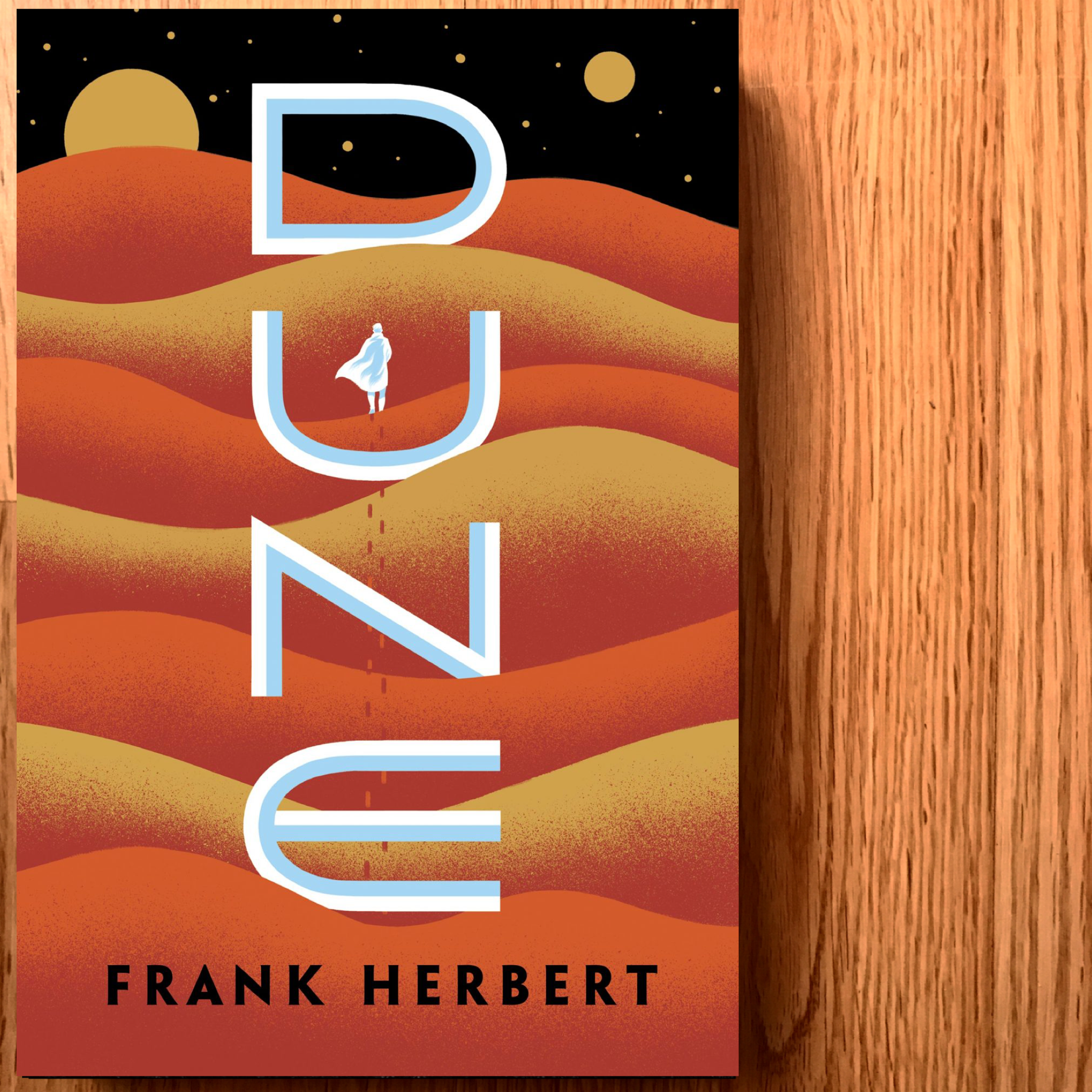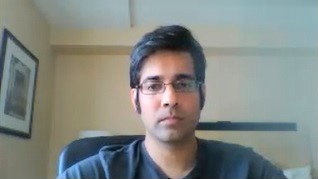Dahl Botterill: Let's start at the beginning. What was the seed of inspiration that you first realized was going to become the novel we have before us? What drew you to write this story?
Thomas King: Well, first off, there's never really a seed. My partner Helen and I had been doing quite a bit of travel - in spite of my best efforts - and I thought, "well, maybe I'll write a travel book of some sort," and she said "don't write a travel book, write a novel," and I thought, "ah, well, maybe." So that kicked around for a while and I began thinking about some of the places we'd been, and some of the things we did, and I began coming up with a set of characters and voices, and that's normally where I start... with characters and voices.
And then it just went from there. I just started writing the thing, I didn't have an idea of what I was going to do or where I was gonna go; I just kind of find my way through it and sometimes - much of the time - that works. Some of the times it doesn't.
DB: So more a process than a seed. Did writing Indians on Vacation provide any particular challenges?
TK: Well, the only challenge, really, was my memory, and that was trying to remember the places accurately. Normally when I write a novel I create everything, and so I'm in control of that world. With Indians on Vacation there was the expectation that if I talked about Prague, that I talked about Prague in an accurate way... or Budapest, or any of the other places Mimi and Bird go to. So, trying to remember those places, and remember them accurately - and remembering my reaction so that I could incorporate it into the piece - was a bit of a challenge.
Normally I don't do that when I'm writing fiction.
DB: The aspect of writing a travel book and a novel simultaneously and having it work in both ways...
TK: Yes, it's a novel first, and has travel elements to it, exactly.
DB: On the flip side, as opposed to challenges, what was your favourite thing to come out of that process? Were there any tidbits of revelation or research that you found especially rewarding?
TK: Well, I try to do as little research as possible. Like I said, I like to make things up, but I suppose the fun part of that novel, for me, was Eugene and the other demons. When I discovered that I could create them as characters within the piece and use them for all sorts of nefarious purposes. That was kind of a delight, and I was looking forward to the sections where Eugene, and Kitty, and the twins, and Chip, came into play.
DB: Bird's demons. They're obviously entertaining, and they serve brilliantly to illustrate how different Bird and Mimi are in their personalities, but they also provide both Bird and the reader with some insight into what makes him tick. Could you tell us a little more about them? I love hearing that they were one of your favourite aspects because I really enjoyed them myself; what led to their development, and how that decision influenced your portrayal of Bird's journey and travels?
TK: Well, I talked to my partner about what I wanted to do; I told her I wanted to create a character who was sort of haunted, by some of the things that he did do and didn't do, and she said, "Well, if you're going to do that you might as well deal with your demons," and I thought she said 'you're going to have to deal with Eugene.' I thought she was just being funny and so I said, "You mean Eugene and the other demons," and she said "Yeah."
And when I said 'Eugene and the other demons' out loud, I thought, 'you know, that's a good name for a rock group, but it's also a good name for the demons that all of us walk around with. Once that started, I had Eugene, so I looked around to see what other kinds of demons we live with, and *bang*, there was Kitty, and Desi, and Didi, and Chip, all ready and available for me to use within the novel.
DB: Very early in the story, while sitting down at a restaurant, Bird laments that he and Mimi have forgotten their novels; what do you picture the two of them reading?
TK: Oh, anything they can get their hands on. Whenever Helen and I travel, we always try to travel with books. She can read off of a pad; I cannot, I have to have a physical book in my hand. Whenever we go to eat dinner, we read. We don't talk to each other, we just read and eat our food. You may think we're weird, but actually we've see other people do the same thing. It doesn't matter what we read, there's no rhyme or reason to it. Sometimes, if we get into a country where english is not a predominant part of the language or culture, and we go into a bookstore that has one or two english novels, we have to just make do, and sometimes those things are awful... and sometimes they're okay. So we'll read anything from just literary fiction to mysteries... we don't read horror, we don't read sci-fi for the most part. I think if I had a choice between not reading and reading a horror book, I'd choose the not reading.
DB: Think about writing something else instead of reading that...
TK: Yeah, I can work on poetry, just get a napkin out and start scribbling away, or work on a piece of a novel, an idea for a novel.
DB: Prague. Much of the story takes place in Prague. Obviously some of that is related to your own personal knowledge of it; is there any other particular reason why it was chosen as the backdrop to Indians on Vacation? Was it mostly familiarity, or had it struck you in some way as an ideal setting for Bird and Mimi’s story?
TK: No, I don't know why; I could have chosen Amsterdam, I could have chosen Paris. Paris has been done to death by novelists, I don't know that Prague has, to that degree, I don't think it has. Prague just struck me as a good place to set it, in part because of the Charles bridge that kind of connects two sides of the city together. I was intrigued by the bridge with its statues of saints, that aren't the original statues anymore for the most part - many of those are reproductions, nobody seems to mind. It's just that mass of tours walking back and forth across the bridge every morning; I don't know what else would have drawn me to Prague. When we were in Prague, I would get up each morning and say to Helen, "So, we're in Prague," and it sort of became a little mantra I was able to use in the novel itself, and I kind of liked it, but no real good reason for setting it in Prague, to be honest with you.
DB: What aspect of the novel do you hope readers will take away with them after reading Indians on Vacation?
TK: No, readers will take away from novels what they will take away from novels, and whether I want them to do something or not doesn't matter. Once I turn a story loose in the world, it's loose; I've got no more control over that. I've had people come up to me and start talking to me about one of my books, and what I meant to do with it, and I'm just sort of banging my head against a wall, and saying, 'How could you possibly think that's what I had in mind?' So I've given up on trying to anticipate what people may or may not do.
I write primarily to please myself, and to please my partner, and if other people want to come along for the ride I'm more than happy to have them on the bus.
DB: I can totally understand that; I know I've many times been told, "You should send your thesis to the person who wrote the books," and I just exclaim, "No! It's completely my own reading of something!"
Okay, a few last questions, not directly related to the novel...
As someone with a prolific and established writing career, what advice would you give to aspiring writers on their own journeys?
TK: Well, first of all, unless you're really desperately drawn to writing literature, to where you just can't do anything else, find something else to do. It's a hard business - anything in the arts is a hard business - and there's no rhyme or reason for who's going to be successful in that and who is not. It can be very frustrating; I have people I know who desperately want to have some of their work published and they just can't seem to get any traction on that, and some are pretty decent writers. So it's a hard business to begin with, and it requires a fair amount of dedication because nobody writes those books but you. It's not as though you're building something, where you have ten other people that are helping you do it, and then you produce a product and the product is sold and you get your piece of the profit off it.
In writing, it's just you, and you have to be disciplined enough to stay at it. It doesn't mean you have to have a schedule, it doesn't mean you have to have a certain number of pages done every day; it just means that you have to be diligent, and you have to keep at it. So, I would say to would-be writers, that you need to consider that, to consider that kind of time, alone time... if you're a really gregarious person, writing might be a tough sell, because in order to get a book done, you have to spend a lot of time in a room with the door shut, you know? I like it, myself, but then, I'm weird. But, if it's something you're drawn to, then go for it; why not? My idea is that whatever you do in life, it should make you happy. If it doesn't make you happy, you shouldn't be doing it.
DB: Do you know yet, just what's next? We are always on the lookout for new books and stories. I know this one has just come out, but are you working on anything else?
TK: I've already finished something else; I've finished the next literary novel, it'll be out in May of 2021. So that's done, I just got a look at the cover copy the other day, as a matter of fact. And I'm working on a sixth Dreadfulwater - that's my mystery series.
DB: Yes, I'm familiar with it; I haven't read Obsidian yet, but I've read the first four and that one's next.
TK: Yeah, so there's number six; I'm about two thirds of the way through that, and then I've got another two projects that I'm tinkering with, to see if any of those interest me, if any of those have traction... they're both nonfiction pieces.
DB: So lots on the horizon, and I saw that the film documentary, Latimer's Inconvenient Indian, also just won a couple of awards, so that's exciting too!
TK: Yeah, Michelle's film did fairly well at TIFF, congratulations to her. I'm not a filmmaker; at one point in time I thought I was going to spend my life writing scripts. I thought that was pretty glamourous, getting to hang out with actors and what-not, being on film sets, maybe even do a bit of acting myself, perhaps. I discovered very quickly that it wasn't the kind of life that I wanted. Writing scripts meant that I had to work with a great many other people, many of whom were not writers in any way shape or form, and frankly I just don't play well with the rest of the children, it's always better for me to be on my own in the sandbox, as it were.
DB: Was that by any chance - just wondering - was that related to the Medicine River movie from years ago?
TK: Well, the Medicine River movie gave me a pretty good look at it, but no, Medicine River was pretty good. I had a good time on Medicine River. I wrote the script, I got to do a bit of acting - that was a mistake, I should never have done that, boy I was lousy - but I had a good time, got to hang out with the actors, made some good friends on set.
No, it was later one, I did some standalone film scripts. I would work up a film script that I thought was pretty good, and then between the director and the producers and whoever else, they would change it in ways that were horrifying to me, and made no sense as a story. So I saw that if you were a writer for film scripts you had very little control over what happened in the end, and I just didn't take kindly to that at all. On the one hand, you could say "Well Tom, you really didn't understand the business of writing scripts, you didn't understand how scripts had to be set up." Or you could say, "Well, you know, just grow up, that's what happens on all film scripts, writers get dumped as soon as a final copy of the script is turned in, and then they begin to change it around." But for me, if I'm going to take the time to write a story, I want that story to stay intact. I don't want it to be battered about through the boardrooms of Hollywood until it comes out the other end looking like... you know, if I put steak into the process and I get hamburger out the other side, I'm a little bit disappointed, let's say that.
When it comes to books-to-film, if somebody wants to make a movie out of one of my books, I say "fine," but I step away from the actual script-writing process. That way I don't get upset, my heart's not broken, I just stay out of the way; as they say, I just take the money and run...
DB: You get to see what somebody else got out of it without seeing your own efforts.
TK: That's right, that's right, you know? And frankly, films of my material are not my film. In some cases, they have little to do with the book. Sometimes they're just a springboard for the filmmaker, so that's their piece of creativity that they bring into the world; I brought my piece in, now you bring another piece in. The relationship? Well, they may be kissing cousins, they may not have seen each other in this world.
DB: Okay, one last question, then. What have you been reading yourself of late? And of course, is there any book has had a particular impact or influence on your writing?
TK: Boy, that's a question I always try to avoid because it means I have to say that when I'm writing, I don't read much. If I do read, it's normally junk literature. I read over breakfast so I just want something that's easy to read; it doesn't have to have any great literary merit to it, I don't have to hunker down and pay attention. And most of the time, I'm writing, so my reading is pretty sketchy. Helen reads a lot more than I do these days. As far as books that have influenced me greatly, I don't know that it's books, but it's pieces of books sometimes, that come to mind.
DB: I know I can remember if I liked something, and snippets that stuck in my head, but I seldom remember the details of the plot.
TK: Yeah, it's just sort of a feeling I get from certain books. I seldom read a book again. People always ask me, "What book would you reread?" and I don't know that I would reread a book. Maybe I would, but I certainly don't reread myself ever. Once a book is published I don't even crack the cover unless I've got to do a reading from it.
DB: Well, thank you very much for speaking to me; I for one will be looking forward to all of these upcoming works. Have a great day!

























